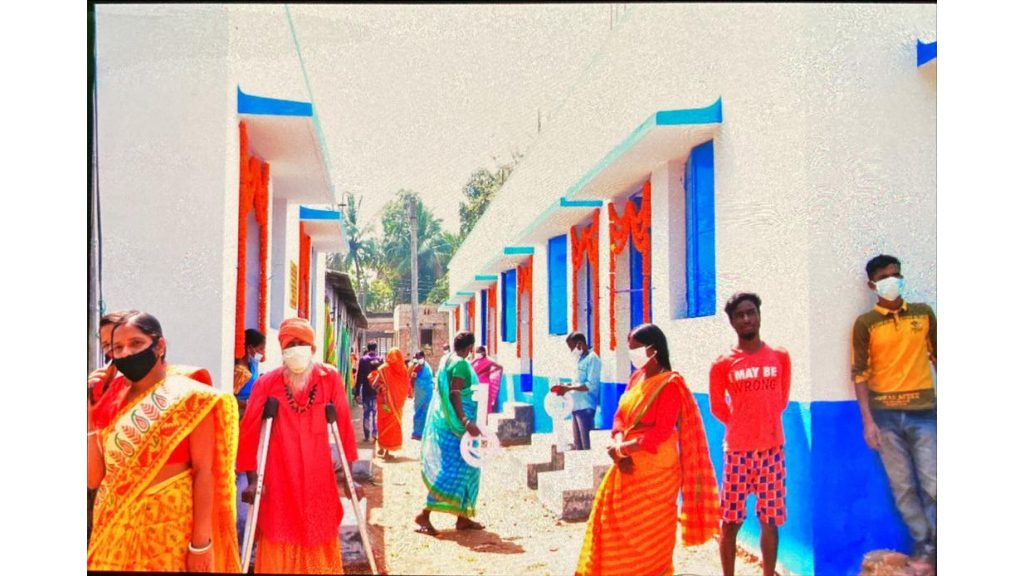The social stigma that surrounds leprosy survivors was striking in a scene from 1959 Hollywood movie Ben Hur. And sadly nothing much has changed. Even though the spread of the disease has been arrested but not the stigma of it.
The Indian government’s declaration preventing any ostracisation of lepers in 2005, has still not reached many. There still exist several pockets of lepers who refuse to mingle with commoners fearing the worst.
In West Bengal’s Bankura district, the District Administration found that even after being cured patient families refuse to take former lepers back.
DM K Radhika Aiyar, IAS, noted that some handholding remains the need of the hour for these survivors.
That is when “Mangalchandi Colony Leprosy Rehabilitation Project” was designed, Ms. Aiyar told Indian Masterminds.
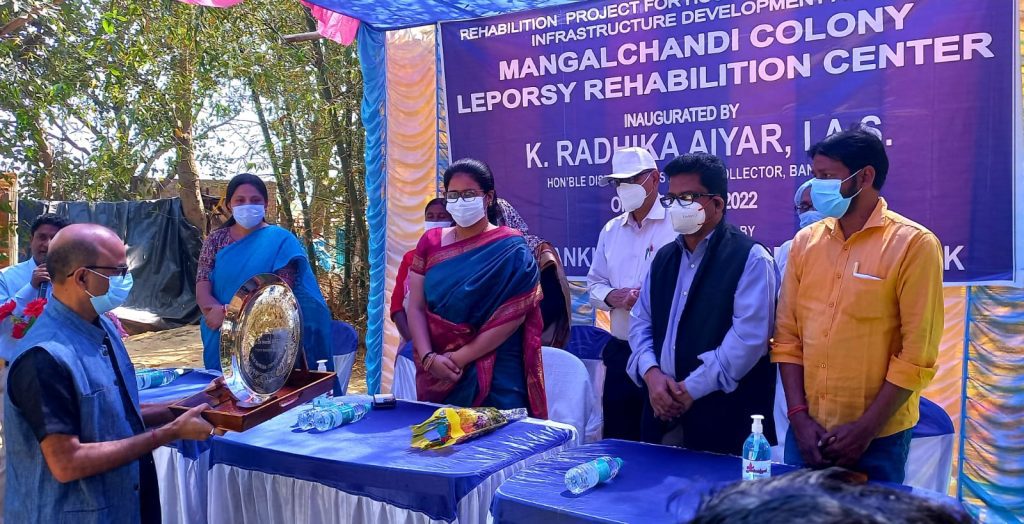
“What started with 27 families, extended to 300 leprosy patients within a year, and there are 30 pucca houses in a rehab colony still under construction,” the officer said.
The leprosy patients are treated in Gouripur village’s Anchuri Gram Panchayat of Bankura-I Block, the largest Leprosy hospital in the area, she said. The administration has also set afoot a number of key measures.
RETURNING IDENTITIES
What struck the officer most — is that they lacked basic human identity. “Having an identity is a fundamental human right and they did not have any,” said the officer.
Without proper IDs they could not avail any government or social entitlements. “No health benefits were given to them except a few OPD treatments,” she added.
Special camps with doorstep screening were organised to generate their Aadhaar cards, and Ration cards.
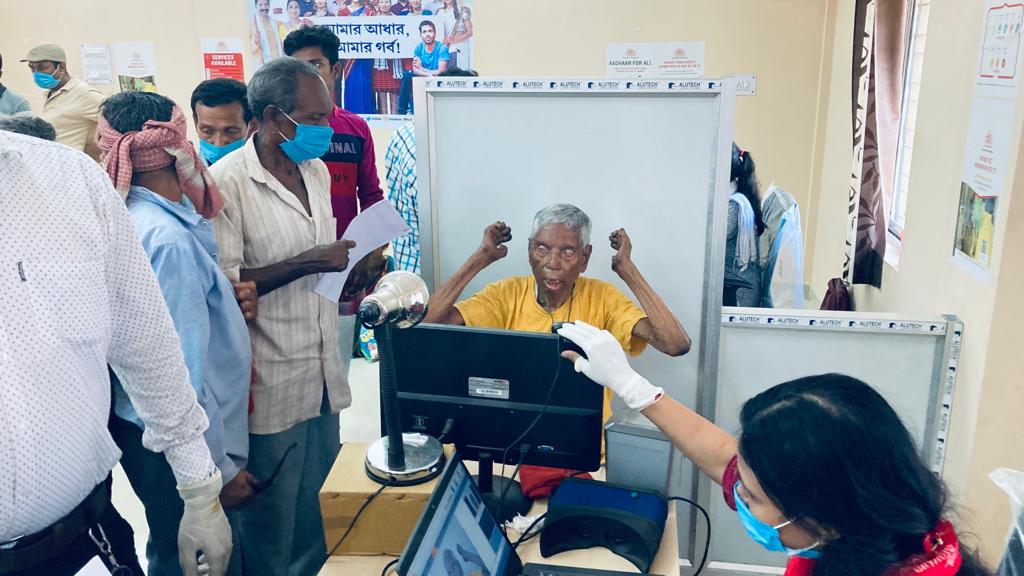
“With many having lost their fingers to the crippling disease, special UID were made using retina screening,” said Ms. Aiyar.
A SPECIAL COLONY
With identities returned, the administration’s next move was to give them a settlement which until then were open fields or temporary tents. “Not allowed by society to drinking water facility, the people of the leper community were only reduced to beggars,” the officer said.
After several meetings, it was decided that the rehabilitation project would next focus on their permanent housing, livelihood generation, pensioner benefits, and everything else they were eligible for.
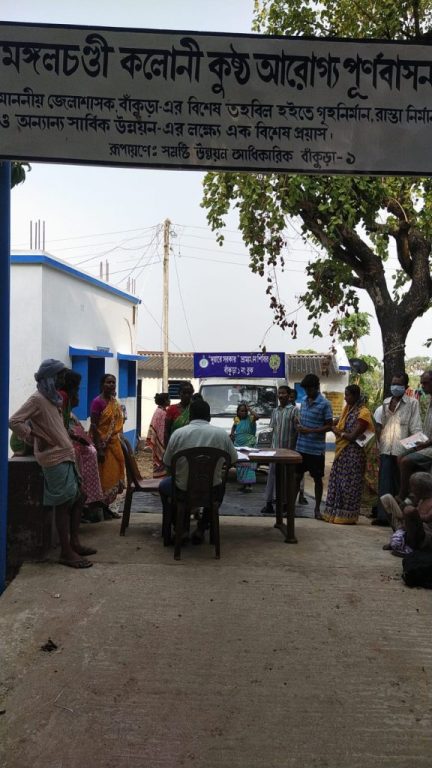
With the help of special funds, colonies of pucca houses were constructed with kitchen and electricity connections with LED lamps and ceiling fans.
A concrete road to facilitate tricycles and prosthetic legs, and crutches was also built. Next were hearing aids, spectacles and sticks provided.
“The patta was named after the people residing in the colony. While some returned to their families,” the officer shared.
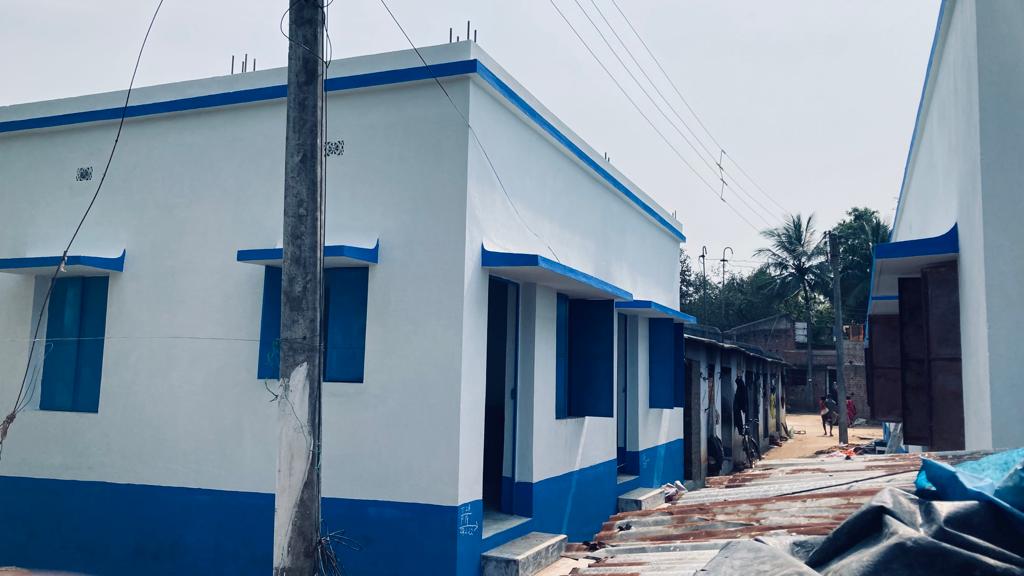
Special attention was given to drainage facilities, and clean drinking water besides barrier-free community toilets in these colonies.
LIVELIHOOD
What remained to make all efforts sustainable was bringing them into the mainstream with job opportunities.
Although food kits are provided through the Department of Disaster Management and they are connected with the food safety programs through NFSA, besides special cash reliefs, it was important to provide jobs.
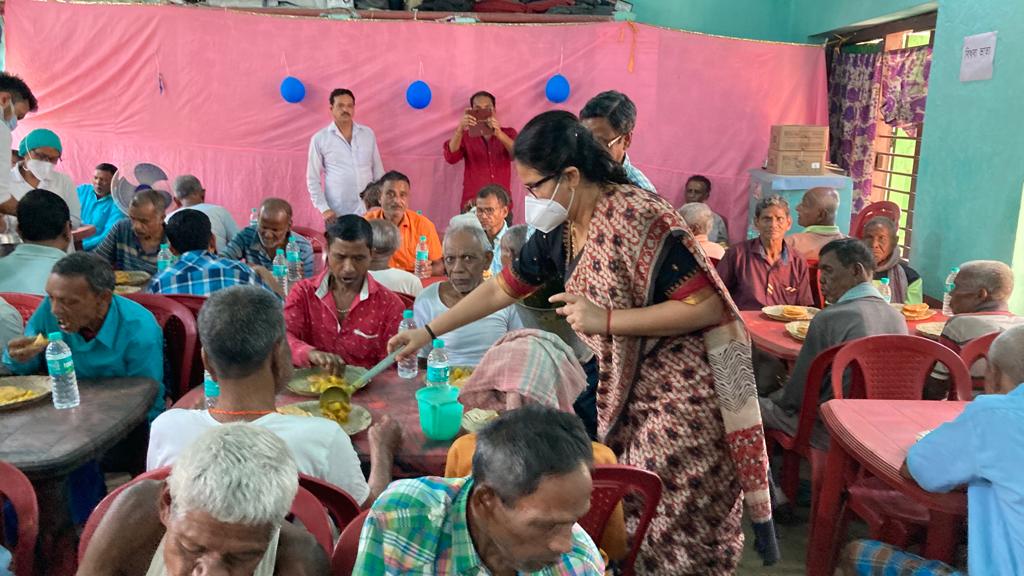
Health camps, and women empowering activities also take place. The specially-abled are provided with poultry by Animal Husbandry Department.
The patients who are capable to do unskilled work are engaged in MGNREGA. They get a 100 days employment guarantee and the wages are directly credited to their bank accounts, says the officer.
There are still around 2 lakh cases of leprosy recorded in over 120 countries each year. The public still needs to be told that Leprosy transmits through droplets from nose and mouth. Once treated, it stops transmission and early treatment can avoid disability.

